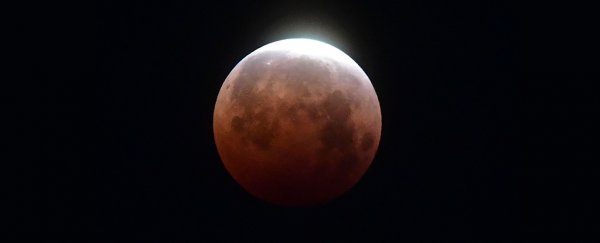A "super blood moon" appeared in the sky early on Wednesday, but only certain parts of the world caught a glimpse.
Thanks to a total lunar eclipse, the Moon took on a reddish hue around 7:14 a.m. ET in parts of North America, South America, Asia, and Oceania.
The event coincided with a supermoon – a full moon that happens when the moon is at the closest point in its orbit to Earth. Hence the nickname "super blood moon." Wednesday's moon is also referred to as the "Flower Moon" because it appeared in May.
Here's what the lunar eclipse looked like around the world.
Australia and New Zealand, had some of the world's best views of the total lunar eclipse, which was visible for about 15 minutes (from 9:11 to 9:26 p.m. in Australia, or 7:11 to 7:26 a.m. ET).
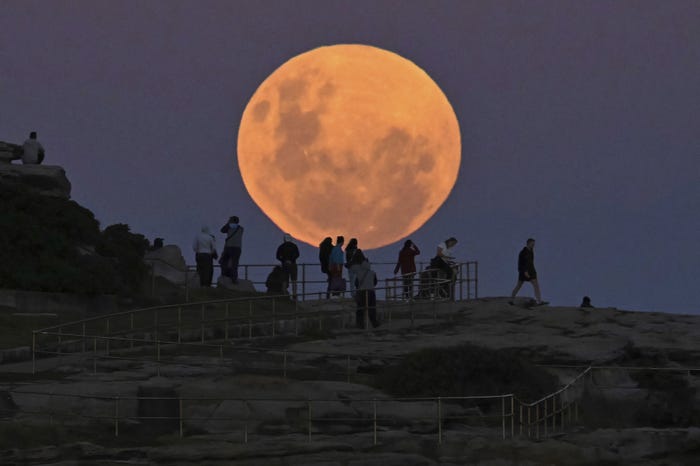 (Steven Saphore/Anadolu Agency/Getty Images)
(Steven Saphore/Anadolu Agency/Getty Images)
Above: People watch the "Super Blood Moon" rise over the Pacific Ocean at Bondi Beach in Sydney, Australia on May 26.
Countries in the Asian Pacific Rim, including China and Indonesia, saw the eclipse just after moonrise.
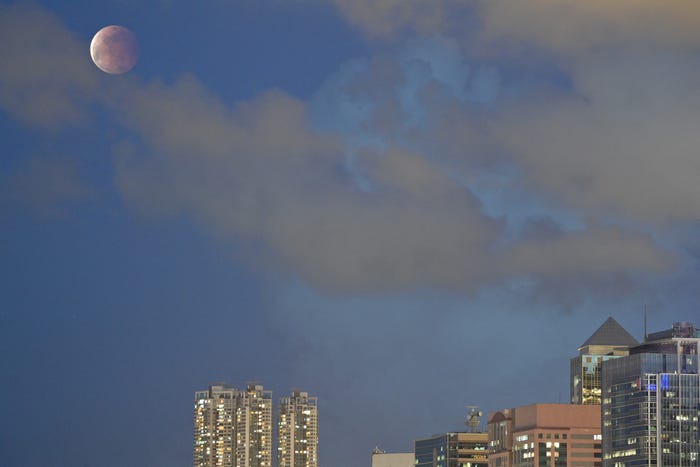 (Peter Parks/AFP/Getty Images)
(Peter Parks/AFP/Getty Images)
Above: The Moon above Hong Kong on May 26.
Alaska and Hawaii had the best vantage points in the US, but most western states also had a decent view. Some people east of the Mississippi saw a partial lunar eclipse.
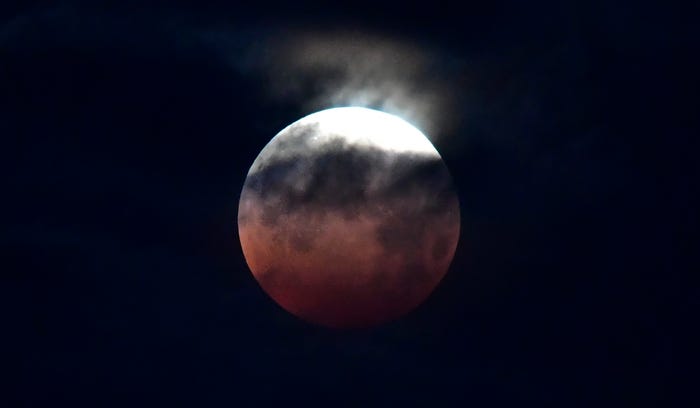 (Frederic J. Brown/AFP/Getty Images)
(Frederic J. Brown/AFP/Getty Images)
Above: The moon as seen over Santa Monica, California, on May 26.
Supermoons, which happen a few times a year at most, are the biggest and brightest full moons of the year: about 7 percent bigger and 15 percent brighter, on average, than a typical full moon.
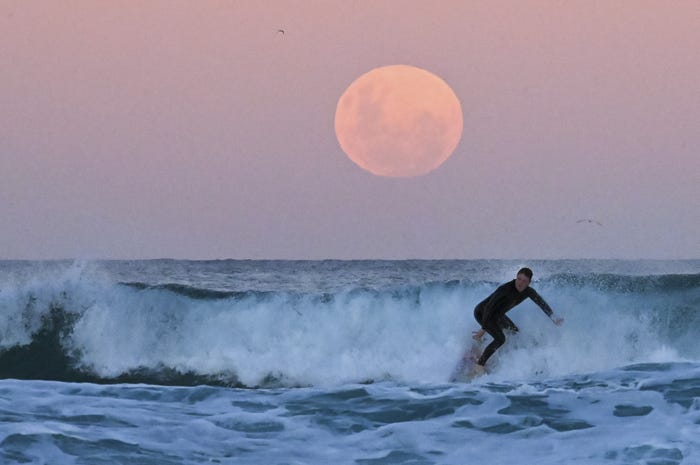 (Steven Saphore/Anadolu Agency/Getty Images)
(Steven Saphore/Anadolu Agency/Getty Images)
Above: A surfer is seen as the "Super Blood Moon" rises over the Pacific Ocean at Bondi Beach in Sydney, Australia on May 26.
The Moon reached its perigee – the closest point in its orbit to Earth – on Tuesday at 9:21 p.m. ET.
At that point, it was around 222,000 miles (360,000 kilometers) from Earth. Usually, it's 240,000 miles (about 390,000 kilometers) away, on average.
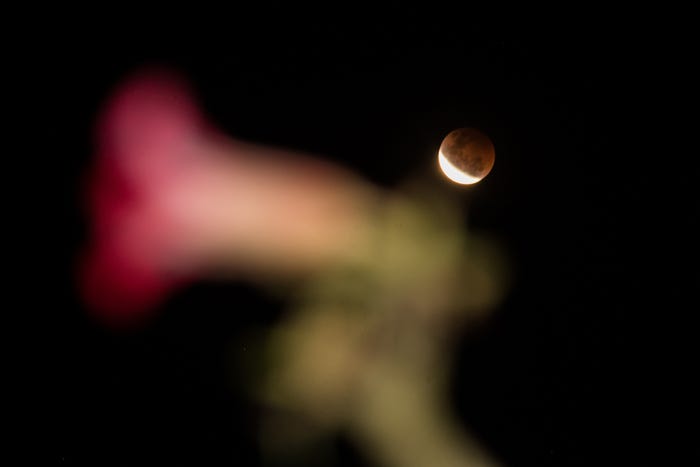 (Algi Febri Sugita/NurPhoto/Getty Images)
(Algi Febri Sugita/NurPhoto/Getty Images)
Above: The total lunar eclipse as seen in Sumedang, Indonesia on May 26.
Wednesday's full moon was the second supermoon of 2021 – the first was in April – and also this year's last.
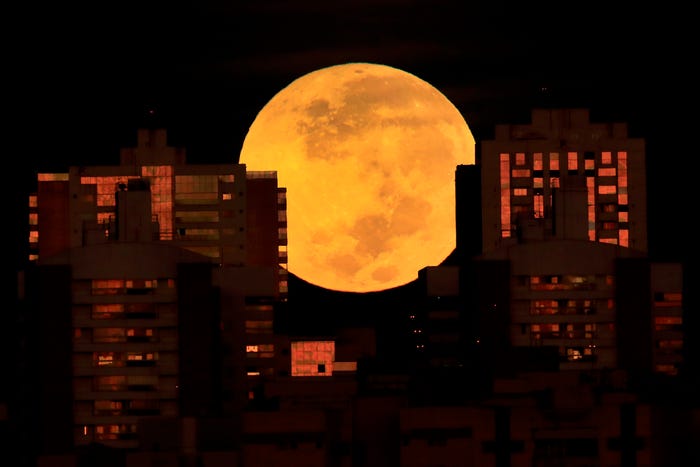 (Eraldo Peres/AP Photo)
(Eraldo Peres/AP Photo)
Above: A lunar eclipse is observed during dawn in Brasilia, Brazil on May 26.
This article was originally published by Business Insider.
More from Business Insider:
